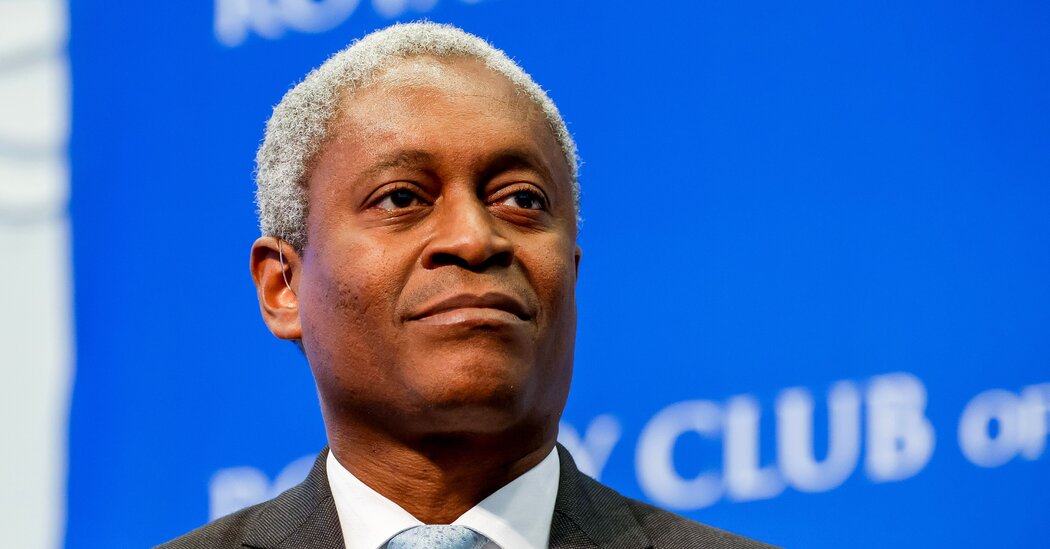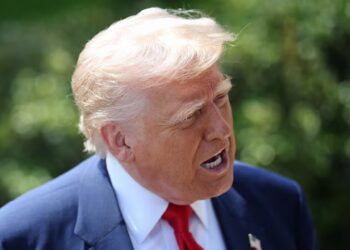Raphael W. Bostic said he would step down from his role as president of the Federal Reserve Bank of Atlanta at the end of February, creating another vacancy in the central bank’s top ranks.
Mr. Bostic has served in the position since 2017; his departure from the Fed is the latest as the central bank faces intense pressure from the White House to lower interest rates. His colleague Adriana Kugler resigned in August from her role as a member of the Fed’s board of governors, giving President Trump an opportunity to replace her with one of his top economic advisers, Stephen I. Miran.
Mr. Miran, whose term as a Fed governor officially ends in January, has taken a temporary leave of absence from his position as chair of the White House’s Council of Economic Advisers. Critics warned that the arrangement would make it all but impossible for Mr. Miran to uphold the institution’s independence from political meddling.
Mr. Trump has tried to oust another governor, Lisa D. Cook, over allegations that she committed mortgage fraud before joining the Fed. The Supreme Court is allowing Ms. Cook to remain in her role while the case is litigated and is expected to hear arguments early next year.
Mr. Trump will not choose Mr. Bostic’s replacement, nor will the person need to be confirmed by the Senate, as are members of the Fed’s board in Washington. The heads of the 12 regional Reserve Banks are selected by their respective boards of local business leaders. The Atlanta Fed on Wednesday said that its board would form a search committee of its non-banking members to conduct a nationwide search.
The Fed’s board can ultimately veto who is picked for those positions, giving them influence but not control over the process.
Mr. Bostic’s decision to depart at the end of February is notable because that is when the board is set to vote to approve the reappointment of all 12 policymakers, a process that occurs every five years. Mr. Bostic, who was the first Black and openly gay president of a regional bank in the Fed’s history, could have stayed on for six more years before hitting the mandatory retirement age of 65.
During his tenure as president, Mr. Bostic was one of several policymakers ensnared in a trading scandal that forced several of his colleagues to resign. It prompted the Fed to impose much more stringent rules that significantly limited the extent to which officials could trade.
The Fed’s internal watchdog said in 2024 that Mr. Bostic had violated the central bank’s rules governing financial transactions that officials are authorized to make and had created the appearance of benefiting from confidential information.
The investigation cited 154 trades executed on his behalf during the so-called blackout period ahead of Fed rate-setting meetings when public communications are limited. Mr. Bostic had maintained that he was unaware of the “specific trades or their timing.”
In a statement on Wednesday, Jerome H. Powell, the Fed’s chair, lauded Mr. Bostic’s tenure at the Fed, saying that he “enriched” the policy-making committee’s understanding of the economy, while also strengthening the institution.
“His steady voice has exemplified the best of public service: grounded in analysis, informed by experience and guided by purpose,” said Mr. Powell. Mr. Trump is in the process of picking a replacement for Mr. Powell, whose term ends in May.
Colby Smith covers the Federal Reserve and the U.S. economy for The Times.
The post Atlanta Fed President to Step Down in February appeared first on New York Times.




